How do I diagnose a fault?
Trouble Shooting Clutch Systems
Section #1 Noise
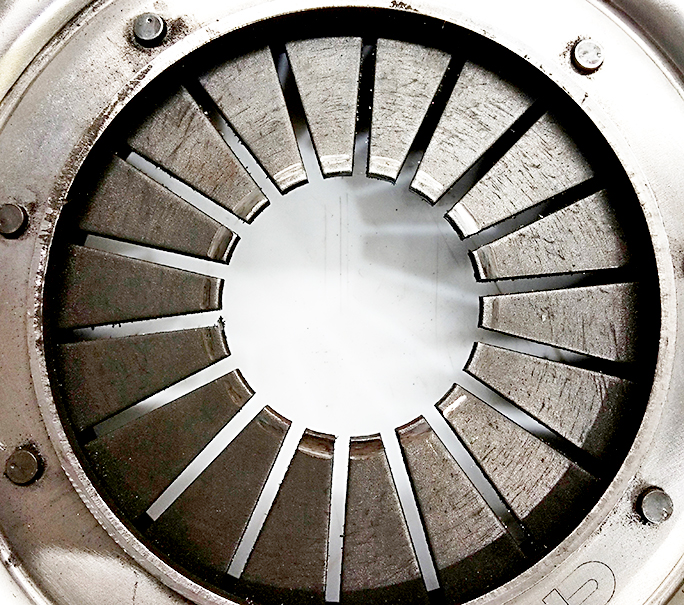
Noise while depressing clutch pedal
Cause
- Off centering of the release bearing or mis-alignment of the main shaft.
Repair
- Replace the release bearing.
- Realign the engine and the gear box.
Section #1 Loss of Drive

Cushion Plate broken
Cause
- The disc has been distorted when refitting the gear box on the engine.
- The engine and the gear box are misaligned.
- The pilot bearing is damaged.
- Aggressive driving.
Repair
- Replace the clutch kit.
- Realign the engine and the gear box.
- Replace the pilot bearing.
Caution
- Be careful in selecting the gears and do not over run the clutch.
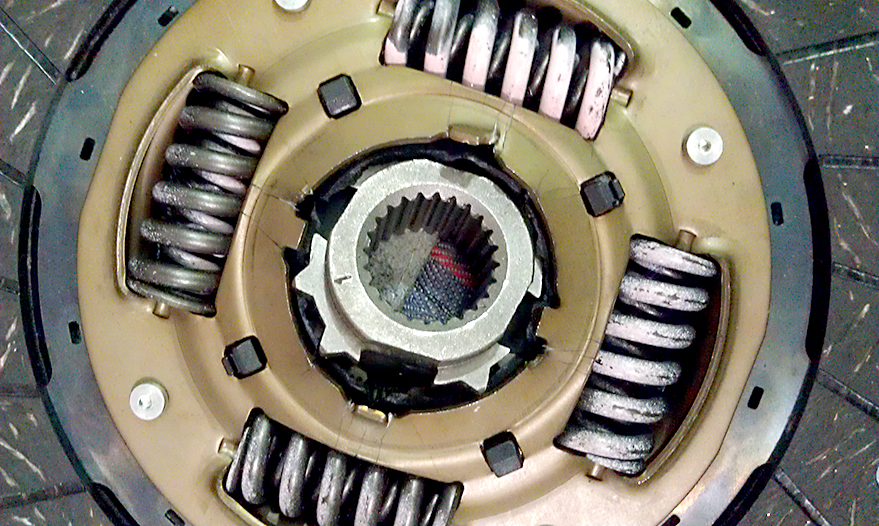
Clutch disc plate broken
Cause
- Defective clutch installed or wrong direction for installation.
Caution
- Make sure that the correct kit is used on the application.
Section #2 Noise
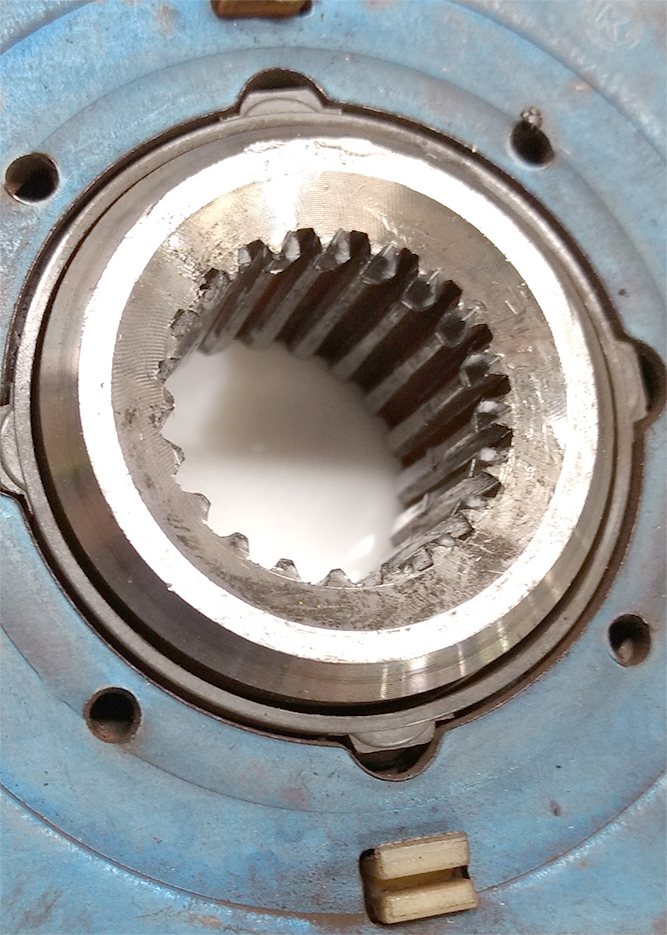
Noise when in neutral
Cause
- Lack of care during installation, splines have been damaged by the gear box main shaft.
Repair
- Replace the main shaft.
- Replace the clutch disc.
Caution
- Make sure that the splines properly match up.
- Lubricate with a proper quantity of grease.
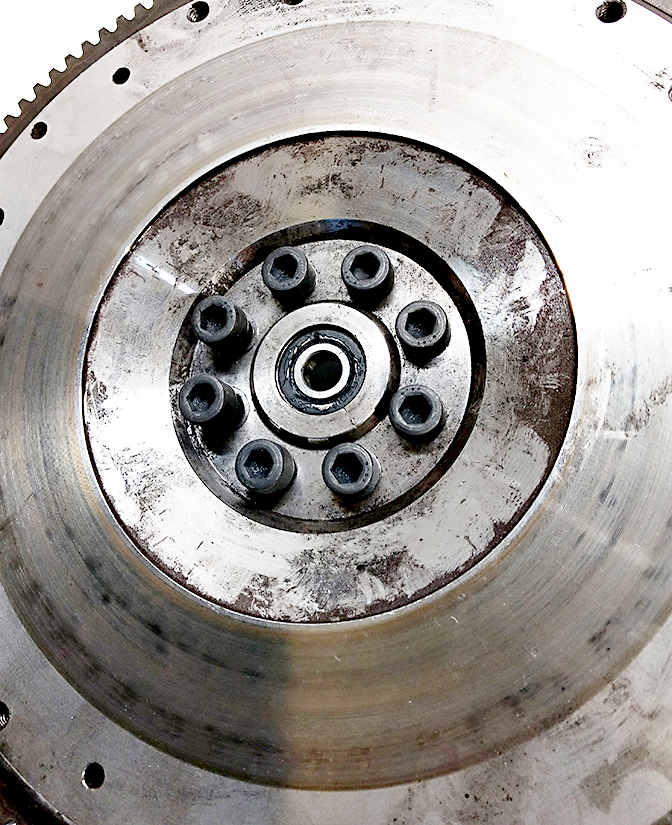
Noise during release
Cause
- Seized / worn pilot bearing / bushing.
Caution
- Replace pilot bearing / bushing.
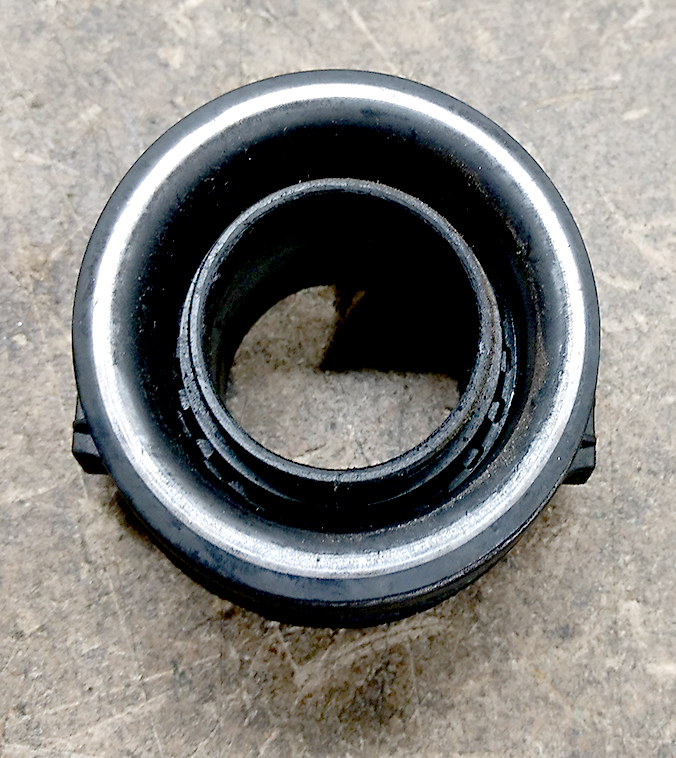
Release bearing damaged
Cause
- Seal torn.
-
Overheating during slippage.
Leakage of the grease.
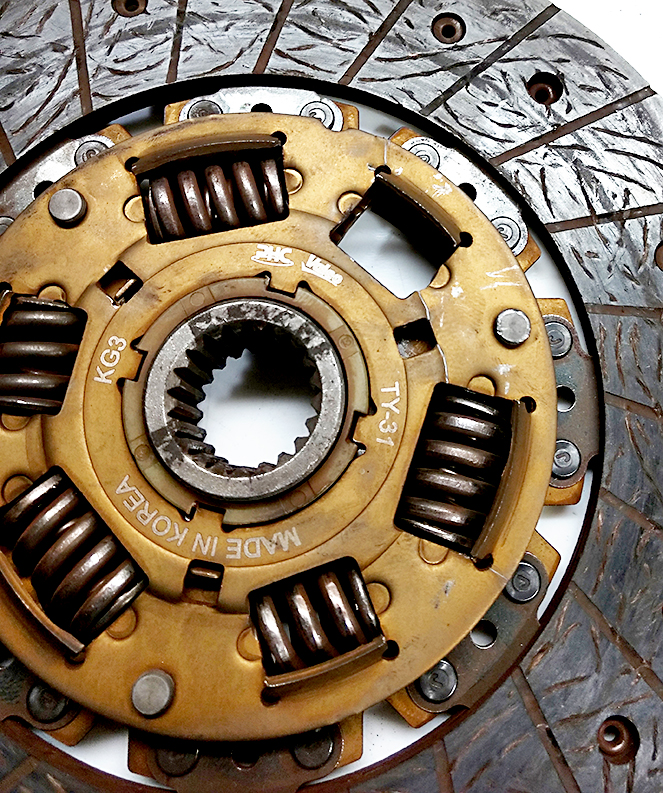
Damper spring break away
Cause
- Wrong clutch cover size used.
- Excessive release travel.
- The clutch disc is installed on the wrong side.

Unusual worn out on the torsion spring area
Cause
- Over torque applied to the clutch disc.
Section #3 Slipping
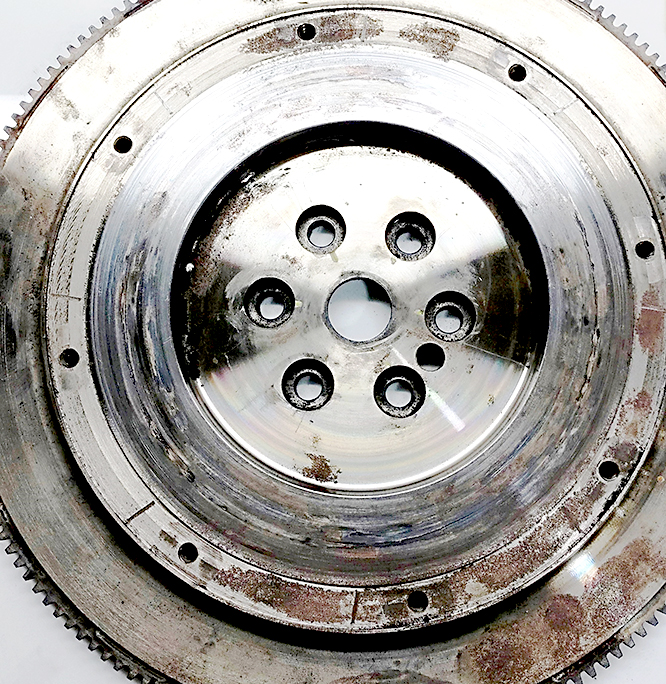
Burn marks on the flywheel
Cause
- Excessive greasing of the spline hub when installed.
Repair
- Clean the flywheel and replace the clutch disc.
Caution
- Apply the correct amount of grease on the clutch disc splines and the input shaft
Section #3 Slipping & Chattering
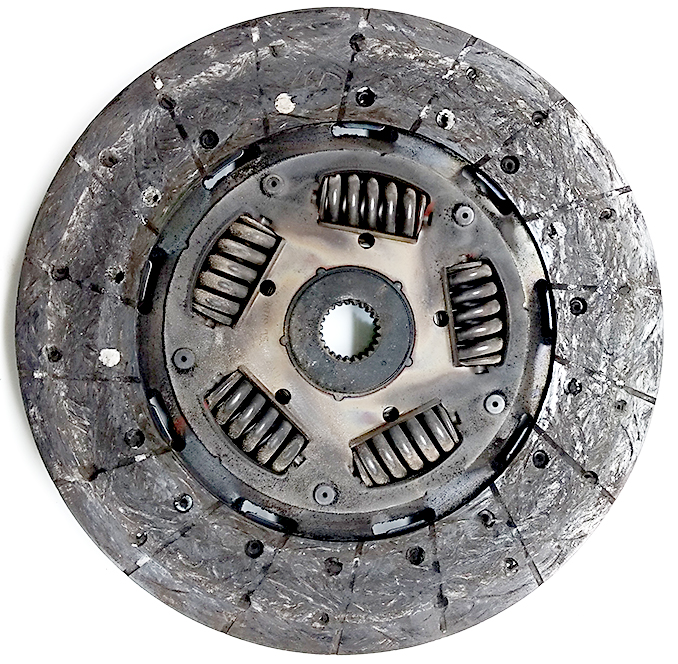
Clutch facing completely worn
Cause
- Use over product lifetime.
- Prolonged clutch slippage due to a malfunction or extremely severe use. Disc not changed during a previous flywheel / cover replacement.
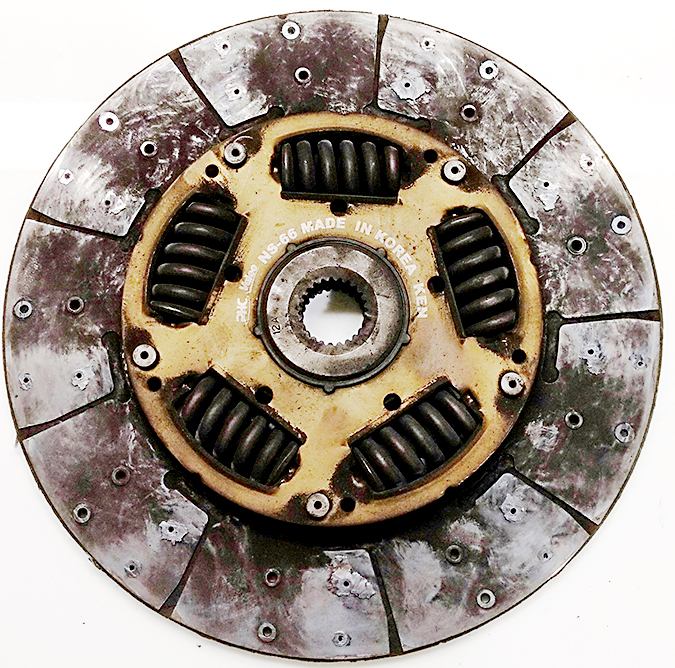
Clutch lining damaged
Cause
- Excessive slippage due to aggressive driving or overloading.
- The clutch operating system is badly adjusted or defective.
Repair
- Replace the clutch kit.
- Replace or machine evenly the flywheel.
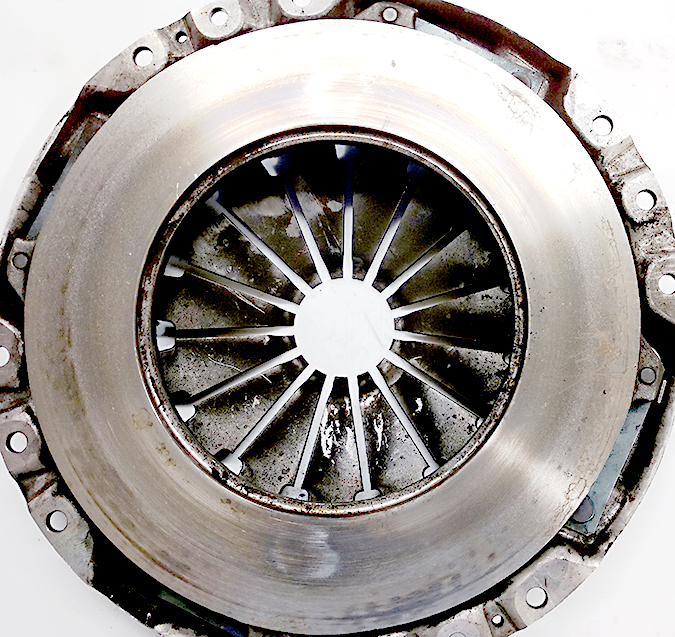
Burn marks on the pressure plate
Cause
- Oil or grease contamination on the clutch linings or on the pressure plate.
Repair
- Locate and repair all sources of contamination.
- Replace the clutch kit.
Caution
- Apply the correct quantity of grease on the clutch disc splines and the input shaft. Do not use contaminated pair of gloves.
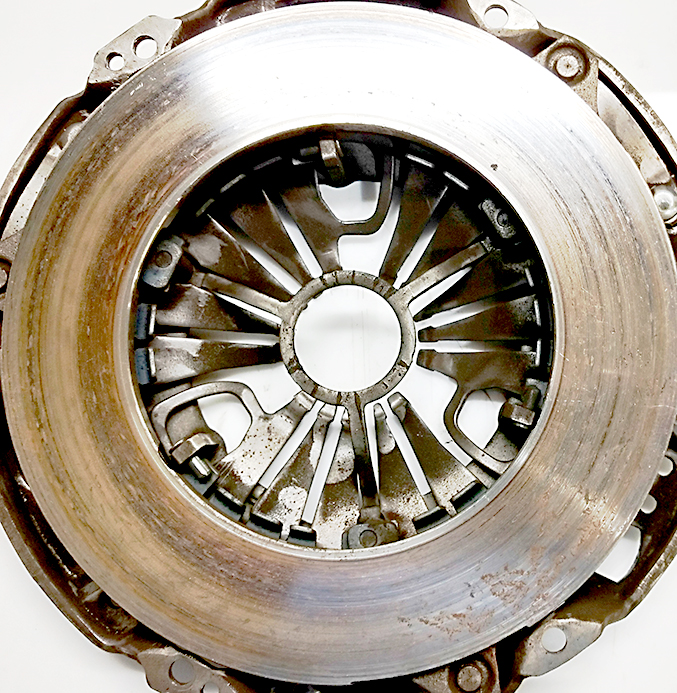
Circular grooves appearing on the pressure plate
Cause
- Linings worn out, heads of the facing rivets are in contact with the pressure place.

Clutch lining contaminated with oil or grease
Cause
- Excessive greasing of the spline hub when installed.
- Oil leakage from engine or gear box.
Repair
- Replace the clutch disc.
- Locate and repair all sources of contamination.
Caution
- Apply the correct amount of grease on the clutch disc splines and the input shaft.
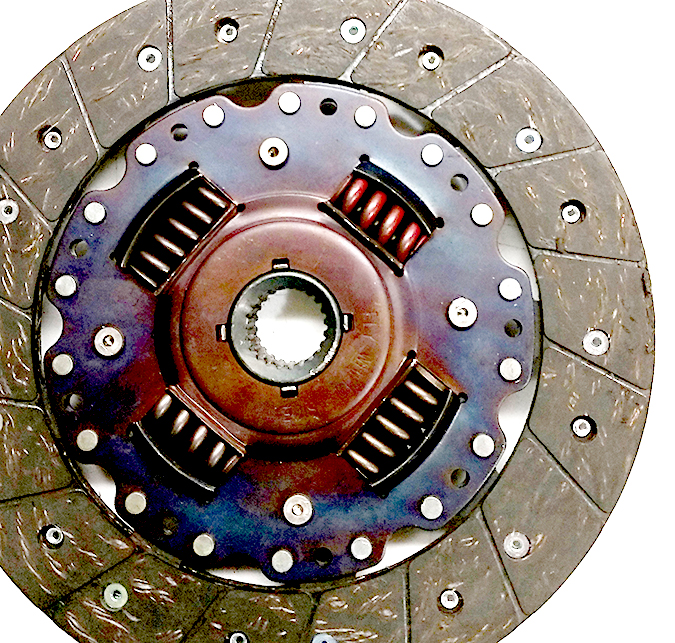
Deformation of the clutch disc
Cause
- Deformed during delivery or handling.
- Deformed during installation. (weight of the gear box, dropped)
- Deformation due to overheating during slippage.
Caution
- Handle with care.
- Do not place the clutch disc under a weight.
Section #4 Difficulty changing gears
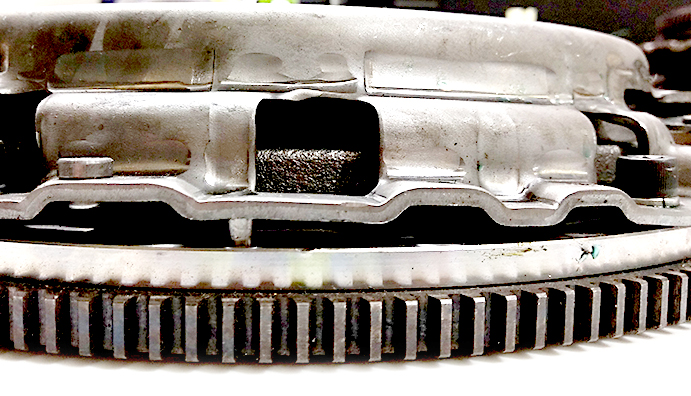
Difficulty changing gears
Cause
- The cover assembly has been dropped.
Repair
- Install new clutch.
- Always inspect the drive straps for damage before installation.
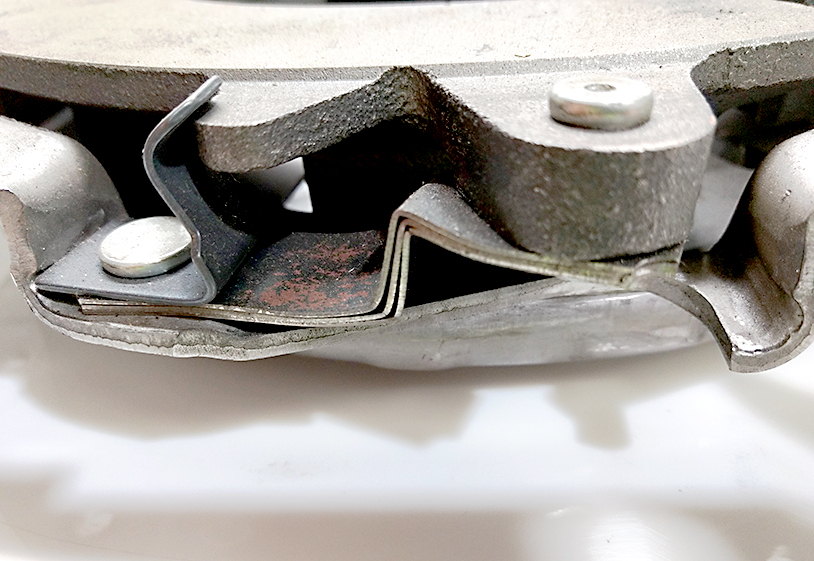
The drive straps of the clutch cover are damaged
Cause
- Dropped during installation / overload.
- Using improper product.
- Improper gear selection. (ex: from 5th to 1st)
Repair
- Replace the clutch disc.
- Careful handling.
- Operate to normal conditions.
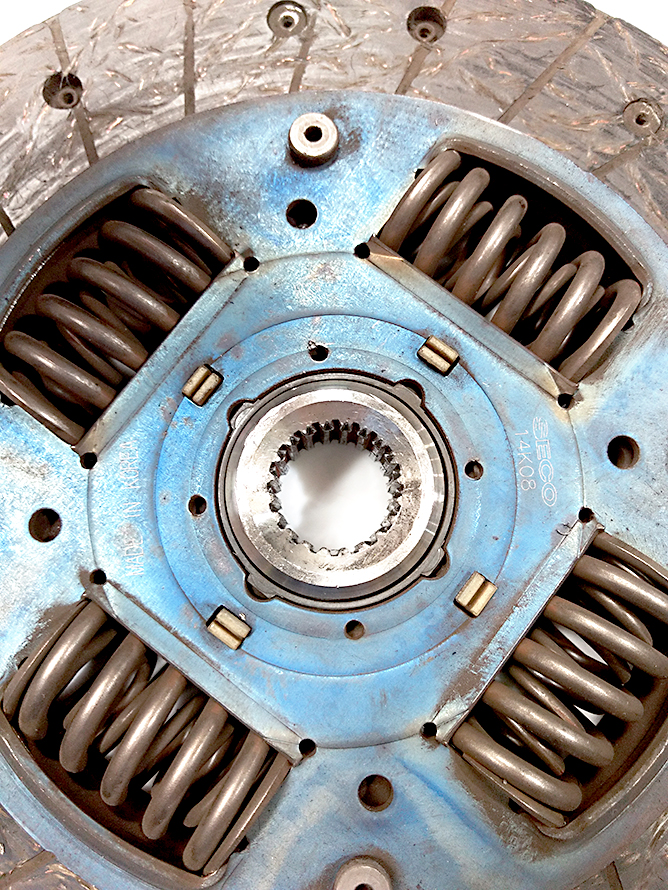
Difficulty changing gears
Cause
- The transmission was forced into position damaging the splines of the disc hub.
Repair
- Install new clutch and carefully control the position and alignment of the transmission during installation.
- Use a transmission jack and possibly install temporary guide pins to assist in aligning the transmission to the engine.
Section #5 Others
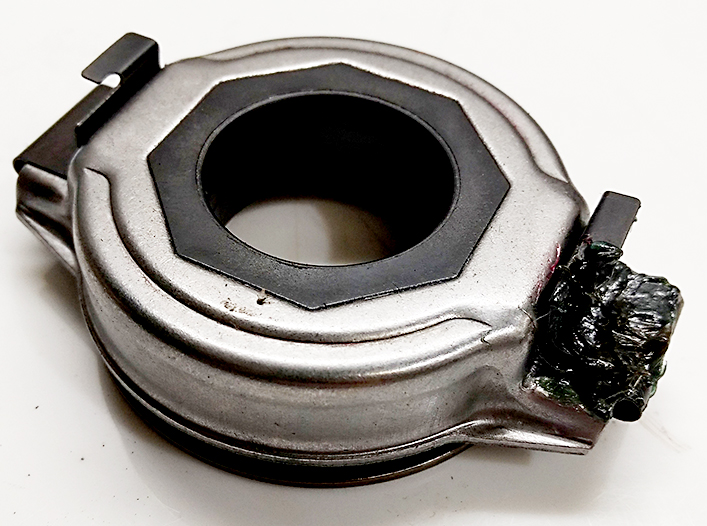
Too much grease
Cause
- Excess of lubrication grease on the nose of the release bearing.
Repair
- Clean the release bearing.
- Apply the correct quantity of lubricant.

Over torque
Cause
- Excessive engine brake operation.
- Incorrect disc for the application.
- Aggressive starting operation.
- The clutch operating system is badly adjusted or defective (clutch pedal)
Repair
- Replace the clutch disc.
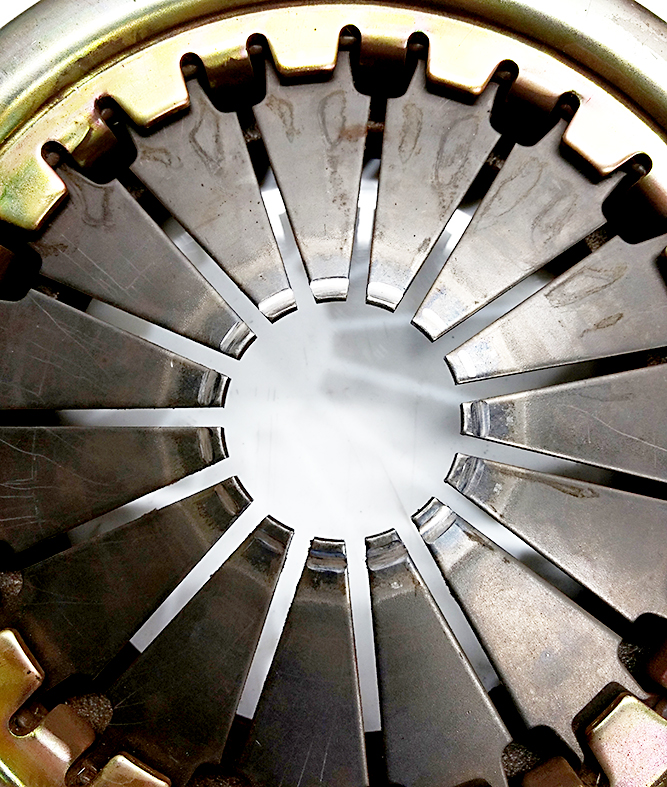
Difficulty shifting
Cause
- Incorrect release bearing travel.
- The clutch operating system is badly adjusted or defective.
- The level of pre-load on the release bearing is incorrect.
Repair
- Adjust the clutch operating system (pedal height, self adjusting system, clutch linkage..) check the pre-load on the release bearing.
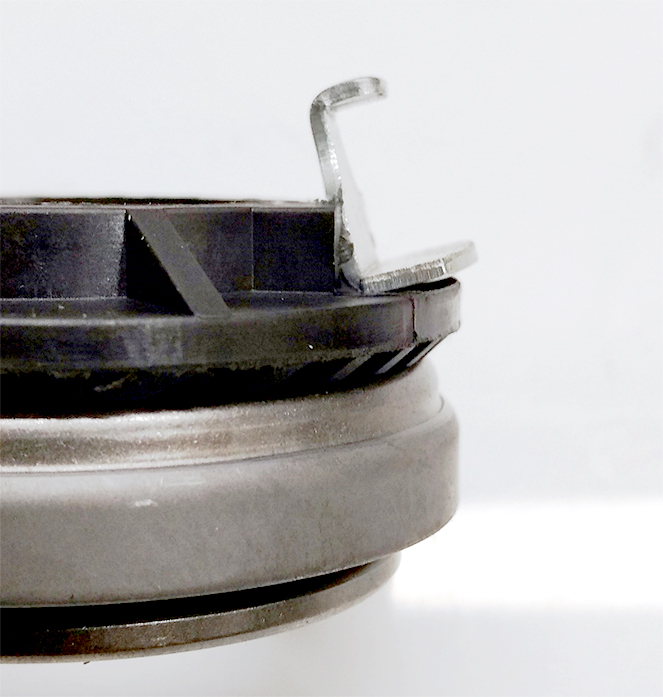
Clutch pedal binding
Cause
- The fork is out of shape.
- The release bearing guide tube is worn or the release arm / fork is bent / worn.
Repair
- Replace by a genuine release fork.
- Install new clutch and guide tube.
- Inspect all release bearing system components and repair or replace as needed.
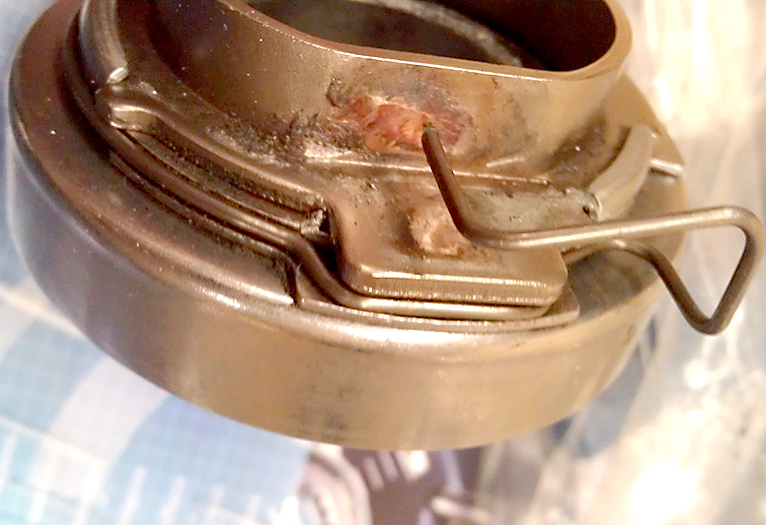
The contact point of the fork is worn out, the fork is off-centered
Cause
- The fork is out of shape.
Repair
- Replace by a genuine release fork.


